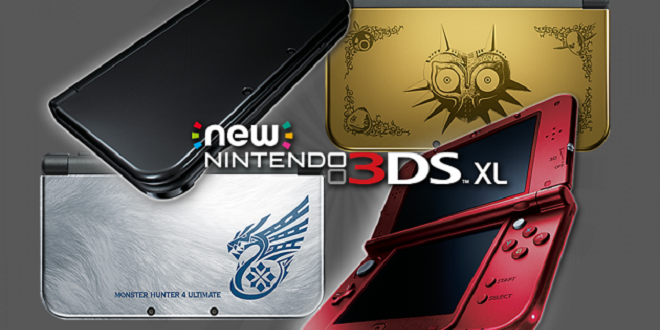After many months of being available in Japan and Australia, the New 3DS XL has launched in North America and Europe. To the chagrin of many, Nintendo has decided to not release the standard-sized 3DS in North America, maintaining a strategy used for some time with the only models available being the 3DS XL and 2DS. As a result, those in North America will miss out on customizable faceplates and the more compact size. Nintendo has stated that the reason for the lack of the standard New 3DS is that Nintendo of America feels the XL is a better fit for the North American market, as illustrated by the 3DS XL and 2DS being the only systems available for some time.
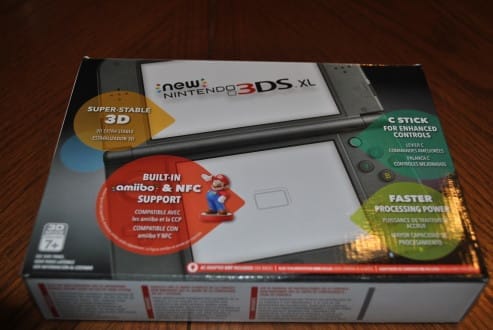
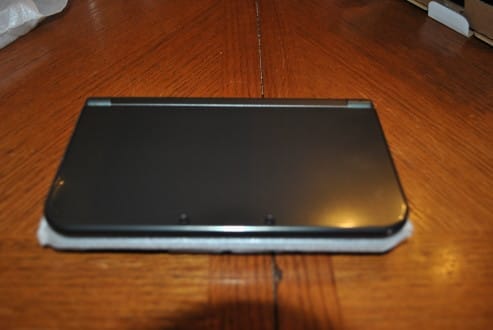
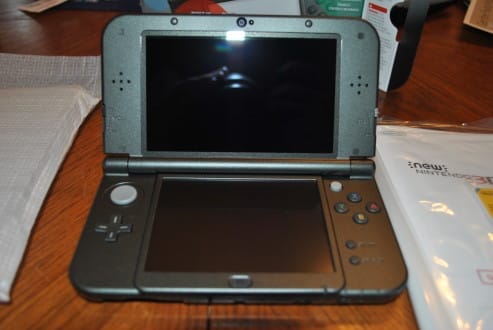
Compared to the original 3DS XL, little has changed in terms of the overall shape and feel. The volume slider has been moved from the side to the left side of the upper part of the system. Start and select are no longer beneath the bottom screen, but under the buttons, similar to the DS Lite, an improvement for playing games such as Castlevania: Portrait of Ruin, which require frequent use of Start and Select. Nintendo has also replaced the full-sized SD Card slot with a microSDHC slot, which is under the back cover next to the battery, and requires a #00 Phillips screwdriver to remove. The New 3DS XL comes with a 4GB card. There are two downsides to this new design: The power button is now flush with the rest of the body, and often requires hitting with the very edge of a finger to turn on. There is also no physical wireless switch on the New 3DS XL, however there is a software toggle that can be accessed by a quick settings menu on the home screen.
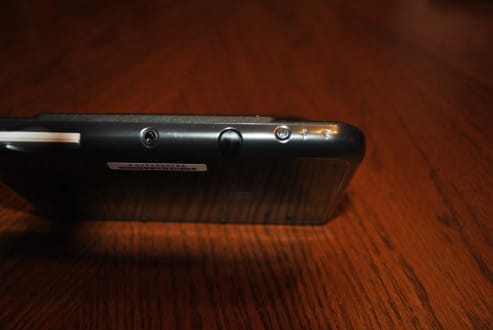
The New 3DS XL also adds NFC support, but at this time, the only game that supports it is Super Smash Bros, which uses it for Amiibo support. In terms of internal specifications, Nintendo has not released official specifications, but examinations of the hardware indicate a switch from a dual-core ARM11 CPU, which has one core reserved for the OS, to a quad-core ARM11 CPU with one core reserved for the OS, giving developers two more cores to utilize. RAM has also been doubled from 128MB to 256MB. Video RAM has been increased to 10MB from 6MB.
Because of these improvements, the New 3DS XL has a much faster interface than the original 3DS. The OS loads considerably faster, suspends are quicker, and eShop Navigation and downloads are also quicker. However, games have to be specifically coded to use these new features. Titles like Pokemon X/Y and Pokemon Omega Ruby/Alpha Sapphire that saw large drops in framerate at times will not benefit from the improved specs. At this time, the only games that take advantage of the extra power are Super Smash Bros, which loads considerably faster and does not have to shut down parts of the New 3DS XL’s OS to free up resources to run as it did on the original 3DS, and Monster Hunter 4 Ultimate, which has improved performance. The battery life appears to be unchanged from the original 3DS line -- about six to eight hours, depending on the 3D and wireless settings appears to be the norm.
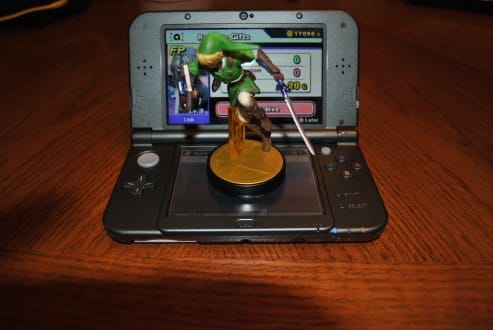
The biggest and most apparent new feature of the New 3DS XL is the vast improvement in the 3D functionality. On the previous models, the 3D was susceptible to issues stemming from movement during gameplay, resulting in a less than perfect experience and frequent adjustments to the 3D slider. The New 3DS XL improves this by adding an infrared camera next to the main camera to track eye movement. Because of this, it will work even in the dark. The author has tested it with regular glasses, Gunnar glasses, as well as with large headphones, and the eye tracking works in every instance. There are times if there is a sudden vertical shift in orientation that it will have to re-adjust the tracking, but this is generally only about half a second. The 3D tracking makes 3D a much more attractive feature than on the previous model.

The other big feature is the expansion of controls, featuring a ZL/ZR trigger, and an analog nub above the ABXY buttons. The best way to describe the nub would be to compare it to the nub found on Thinkpads and many business-class laptops. It can be used as a second analog stick for New3DS titles, and emulates the Circle Pad Pro for 3DS titles that support it, notably Kid Icarus: Uprising, Metal Gear Solid 3: Snake Eater, Super Smash Bros, and The Legend of Zelda: Majora’s Mask 3D. In the case of Majora’s Mask 3D, it is used to adjust the camera, but the author found it uncomfortable to use for long periods of time, and suspects that many developers will use it sparingly because of that.
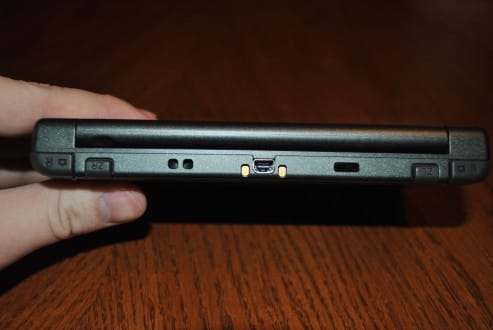
In terms of software, as previously stated, the New 3DS XL is considerably faster than the original in terms of interface speed, loading, suspending, downloading, and use of the web browser. Super Smash Bros takes full advantage of the extra power, not needing to shut down parts of the OS like it does on the original 3DS. However, Nintendo still has many rough areas to sort out in terms of the operating system. Despite the extra power and improvement over the original, the New 3DS XL’s OS is still the slowest OS on a mainstream game system, with relatively long load times, superfluous transitional animations, and overall clunkiness, the same problems experienced on the Wii U. The original PSP from 2005 has an overall faster interface despite much lower specs.
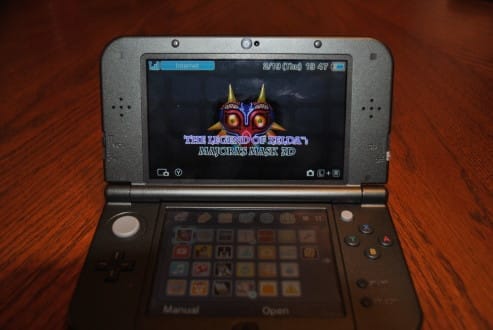
Nintendo’s account system is also in great need of an overhaul. While Steam, Playstation Network, and Xbox Live all authenticate via an independent account system, Nintendo still stubbornly has the account tied to the hardware, resulting in an obtuse transfer system rather than simply logging into the account again.
https://www.youtube.com/watch?v=Y88G3tp_f88
The author was able to transfer everything without issue over the course of about 20 minutes using the PC method, the fastest way to transfer data. But this is an area Nintendo has lagged behind competitors on, and needs to fix in the next round of handhelds and consoles. It’s an incredibly obtuse system that has no place in the year 2015. Nintendo has also made the strange decision to not include a charging cable, which can complicate the transfer.
Overall, the New 3DS XL is a significant improvement over the original 3DS, but there are a few unknowns and caveats. It’s unclear whether or not Nintendo intends to treat this as an entirely new generation or a stop-gap update akin to the Game Boy Color or DSi. The latter seems more likely, since there are no large architectural changes – the CPU is the exact same CPU as the original 3DS, just quad-core instead of dual-core. The GPU is unchanged, only more memory added. The OS is the same. Other things that would make sense in a new generation such as higher resolution screens and the inclusion of 802.11n or 802.11ac wireless are also absent. 802.11n being absent on the New 3DS XL is very strange given that even low end phones like the Moto E have it. The charging port is still a proprietary port, which is strange given the lack of an included charger and an industry-wide move to microUSB.
At the moment, the only games that explicitly make use of the extra features other than the analog nub are Super Smash Bros, which runs on the original 3DS with increased loading times, Monster Hunter 4 Ultimate, which has improved performance, and an upcoming port of Xenoblade Chronicles, which explicitly requires the New 3DS XL. If you already have a 3DS XL, the benefits are slim unless you play a lot of Super Smash Bros or plan on purchasing Xenoblade Chronicles. If you own an original 3DS or 2DS and want a bigger screen, or are purchasing a 3DS for the first time, the New 3DS XL is the clear choice, if you can get your hands on one.
The New Nintendo 3DS XL, as well as all games utilized in the review (Super Smash Bros, The Legend of Zelda: Majora's Mask 3D, Pokemon Omega Ruby, and Castlevania: Portrait of Ruin), and the Link Amiibo were purchased by the author.
The New Nintendo 3DS XL can be purchased at Amazon.
Review Summary
The New 3DS is a worthwhile upgrade for some 3DS users, but there's nothing groundbreaking nor is there any must-have software available nor announced. First-time buyers should buy the New 3DS without hesitation.
(Review Policy)Have a tip, or want to point out something we missed? Leave a Comment or e-mail us at tips@techraptor.net
